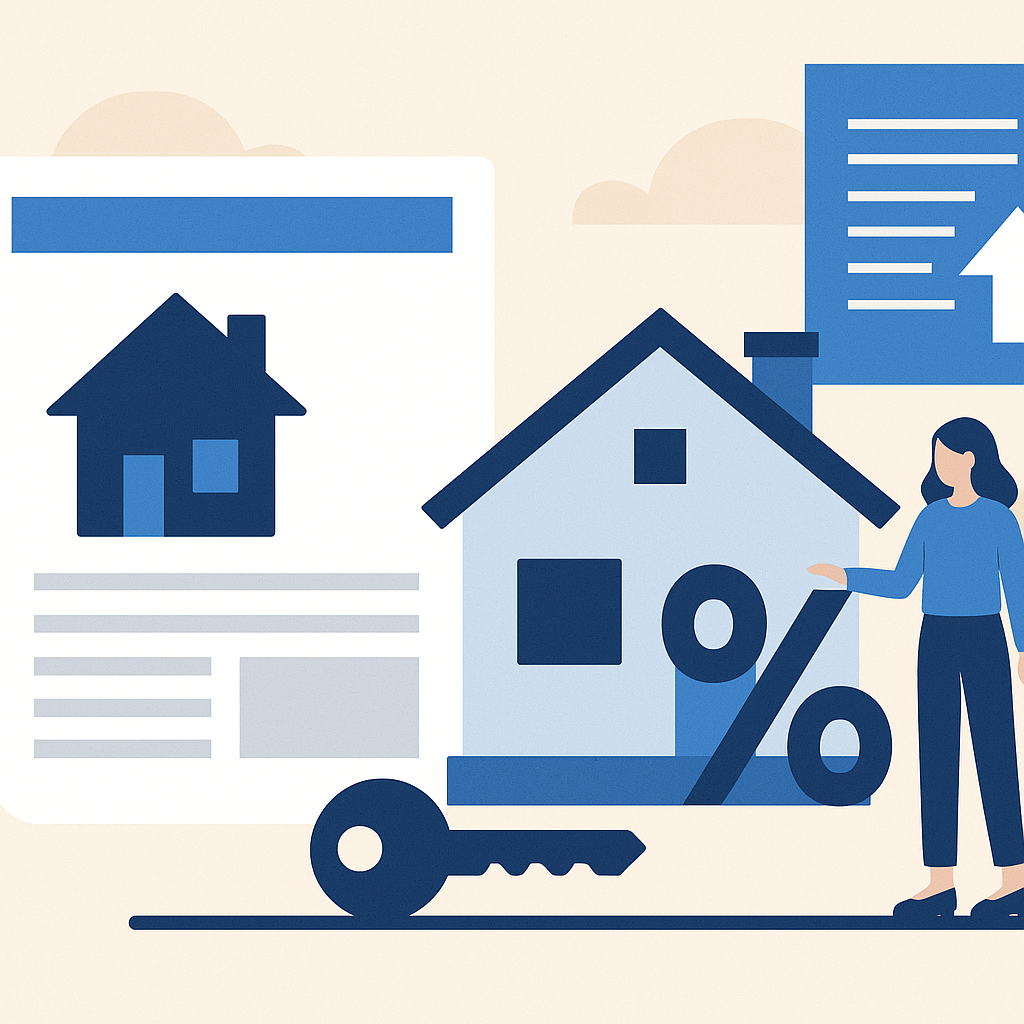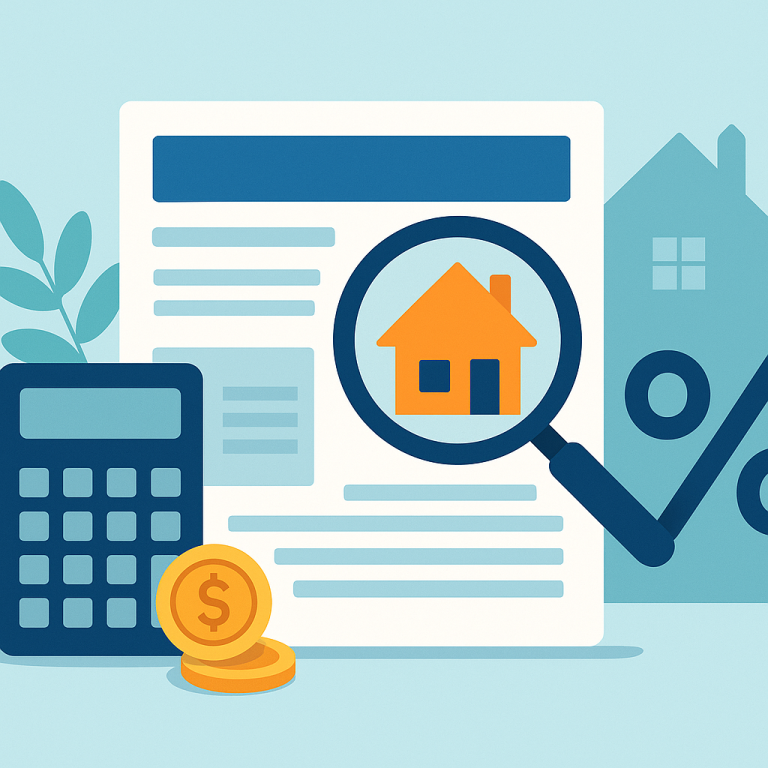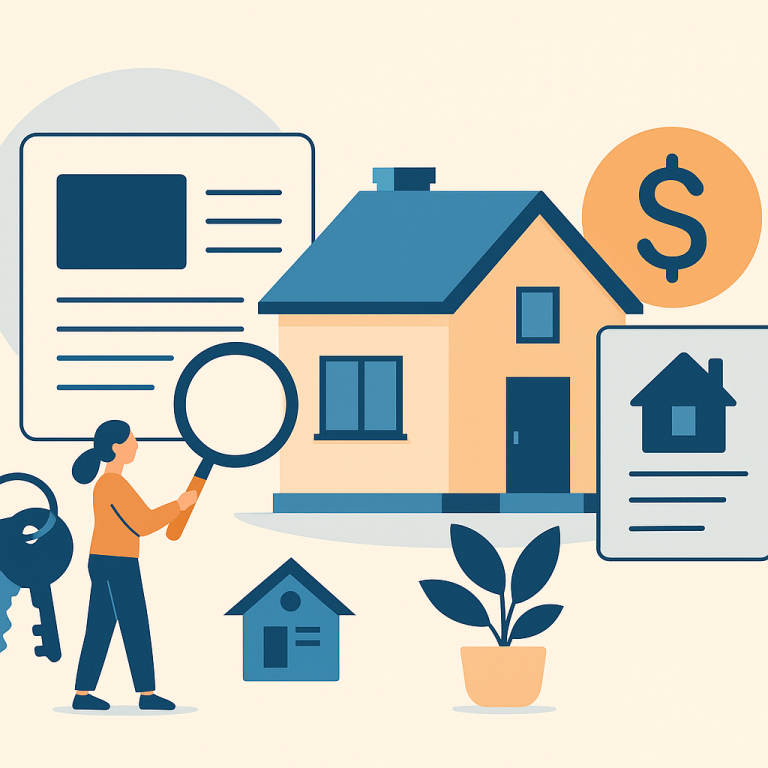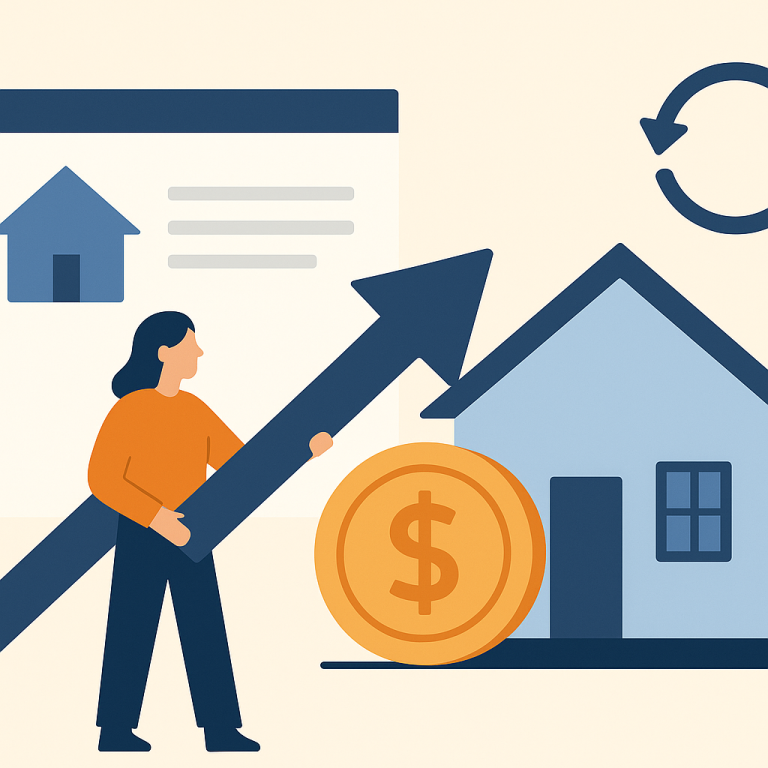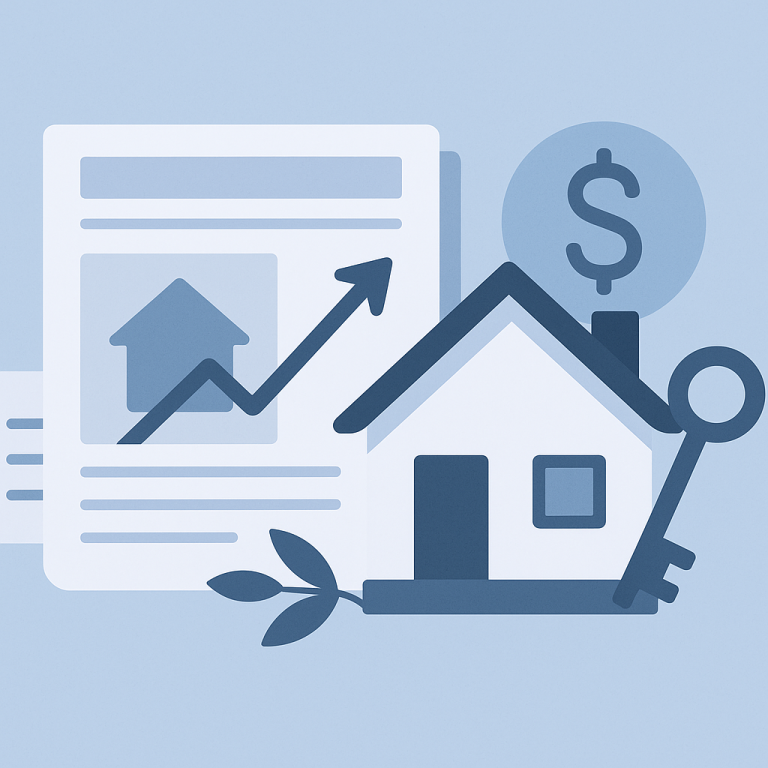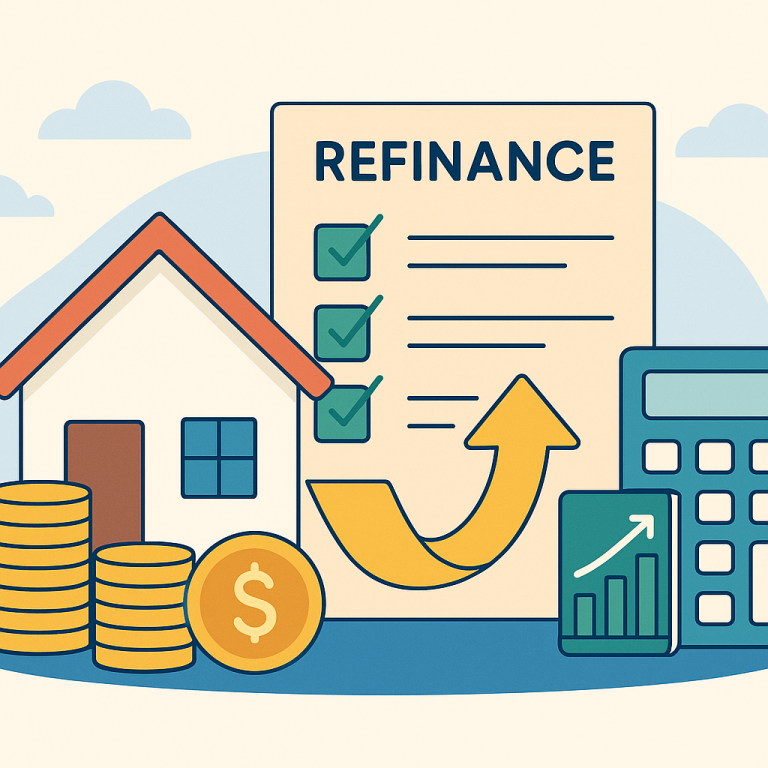Top Five Lenders Hike Refinance Fees, Adding $450 To Average Closing Costs
Refinancing to a Shorter Mortgage Term: When It Makes Sense for Homeowners
Refinancing to a shorter mortgage term is an increasingly discussed strategy for homeowners who want to reduce the total interest paid and build equity faster. Unlike rate-focused refinances that aim primarily to lower monthly payments, a term-shortening refinance typically accelerates principal repayment. The decision hinges on trade-offs between higher monthly costs, upfront fees, and long-term savings.
Why homeowners choose a shorter term
Shortening the mortgage term converts some of the interest burden into principal repayment, which can meaningfully reduce the total interest paid over the life of the loan. For homeowners with stable income and sufficient emergency reserves, the faster amortization can simplify retirement planning and free future cash flow once the loan is paid off. Shorter terms also often come with lower interest rates than longer-term mortgages, which further contributes to interest savings.
Key trade-offs to weigh
- Higher monthly payments: Condensing remaining principal into fewer years increases monthly obligations even if the interest rate is slightly lower.
- Closing costs and fees: Origination fees, appraisal charges, and other closing costs reduce the immediate financial benefit and affect how long it takes to recoup expenses.
- Break-even timeline: The refinance only pays off if you remain in the home long enough to recover the transaction costs through monthly savings or total-interest reductions.
- Qualification criteria: Lenders evaluate income, debt-to-income ratio, and credit. Moving to a shorter term can require meeting stricter affordability thresholds.
How to evaluate the option for your situation
Start by comparing scenarios: keep your current loan in place, refinance to a similar rate with a shorter term, and refinance with a new rate and shorter term. Look beyond monthly payment differences and review the full amortization schedule to see total interest paid and principal remaining at different future dates. Calculate the break-even point for closing costs and identify the minimum time you expect to remain in the home.
Also consider your broader financial picture. If paying down the mortgage faster would jeopardize emergency savings, retirement contributions, or other high-priority goals, a shorter-term refinance may not be prudent. Conversely, if you have excess cash flow and a stable job outlook, accelerating mortgage payoff can be an effective low-risk path to long-term financial security.
Practical steps before applying
- Gather current loan details and recent mortgage statements to confirm outstanding balance and remaining term.
- Request multiple rate quotes from lenders and obtain loan estimates to compare annual percentage rate and fees.
- Run an amortization comparison to quantify total interest savings and the new monthly payment under the shorter term.
- Consider whether a refinance that keeps the same monthly payment but shortens the term (by reducing rate and/or principal) could align with cash-flow goals.
Homeowner takeaways
- A shorter-term refinance can deliver substantial interest savings and faster equity accumulation, but it typically raises monthly payments.
- Always factor in closing costs and the break-even horizon before deciding.
- Compare multiple offers and use amortization comparisons rather than focusing only on rate headlines.
- If you value cash-flow flexibility, balance accelerated mortgage payoff against other financial priorities.
For homeowners weighing a term-shortening refinance, the right choice depends on goals, cash flow, and how long you plan to keep the home. Careful scenario planning and comparison shopping with lenders will clarify whether the long-term savings justify the short-term cost.
META: refinancing shorter term; mortgage refinance; homeowner takeaways; amortization; closing costs

